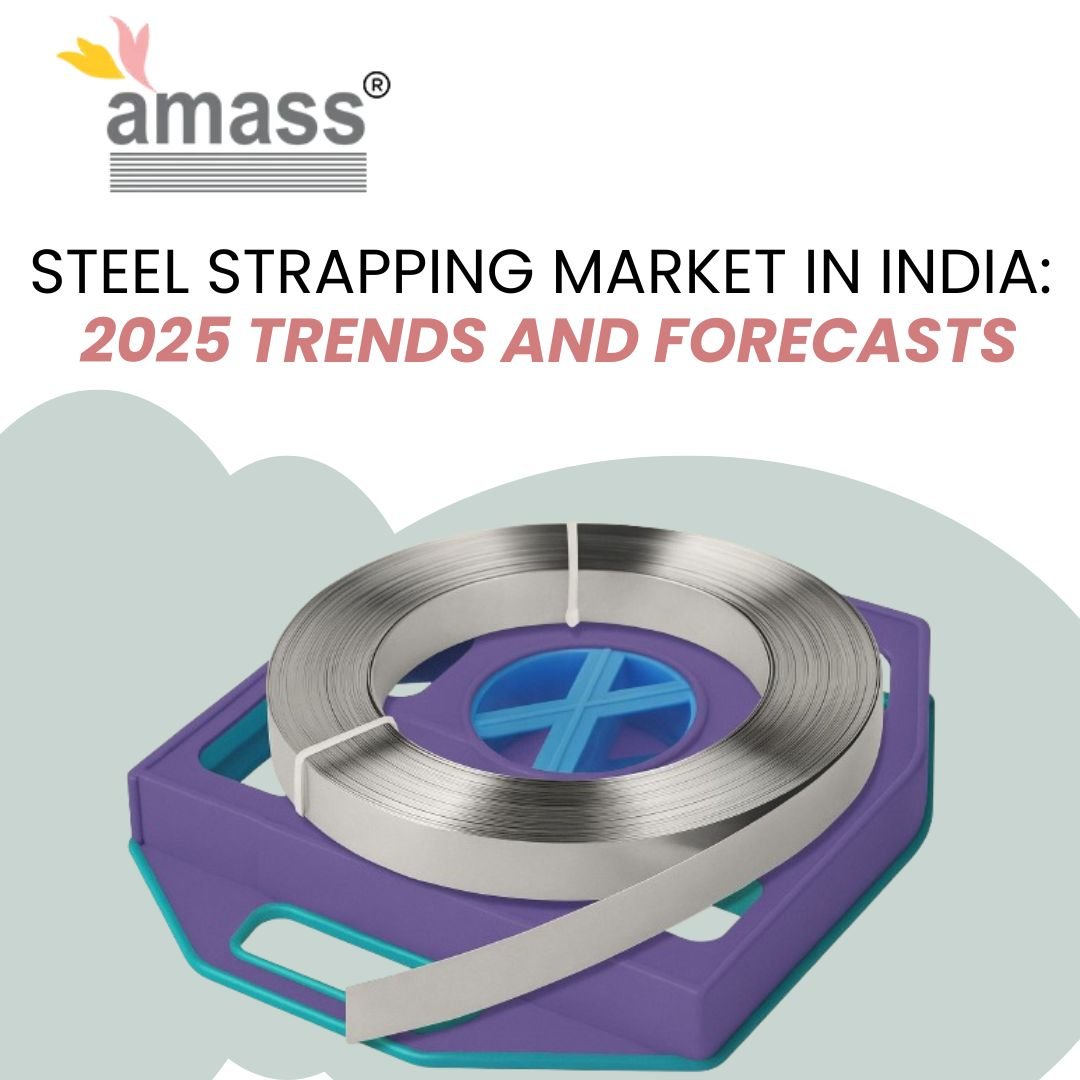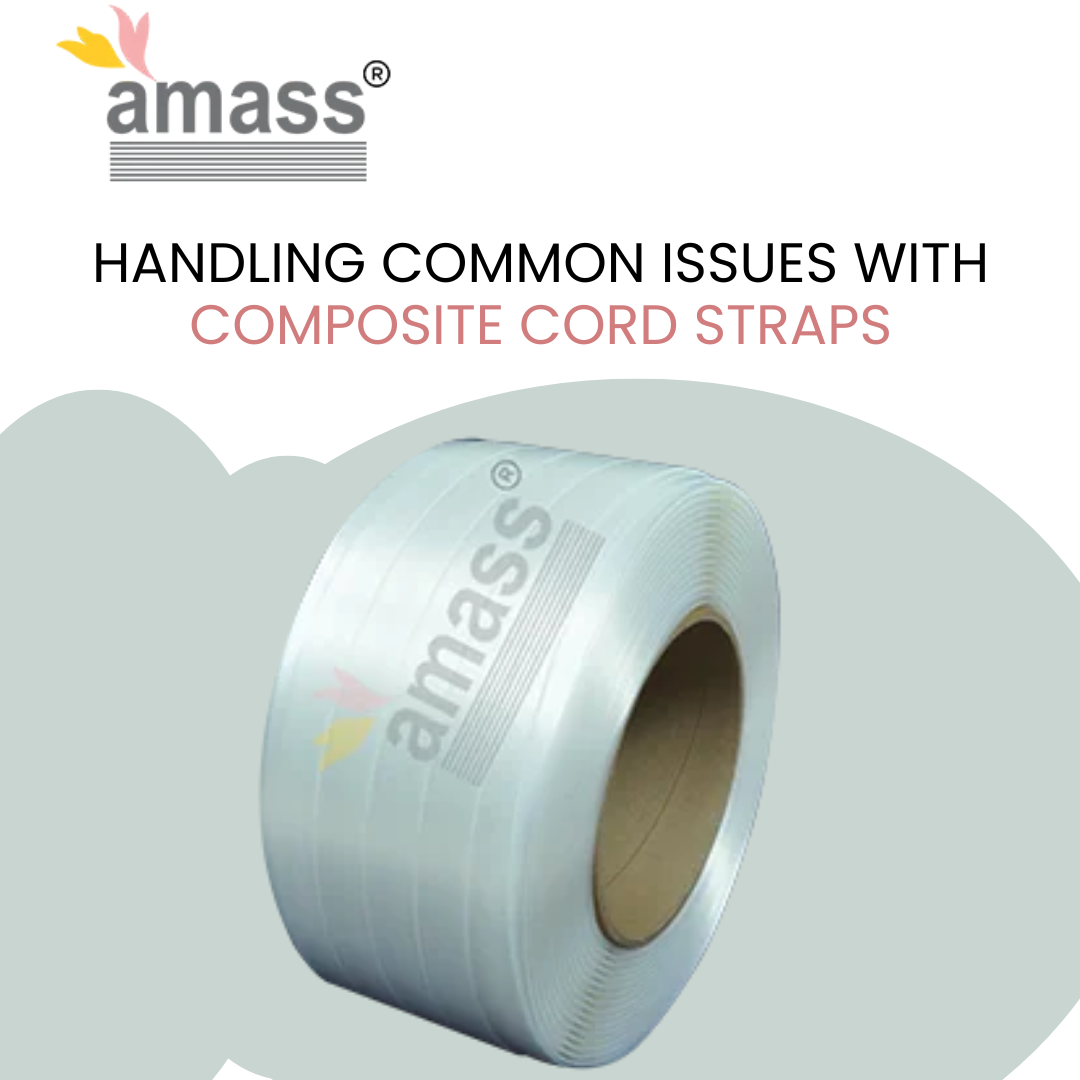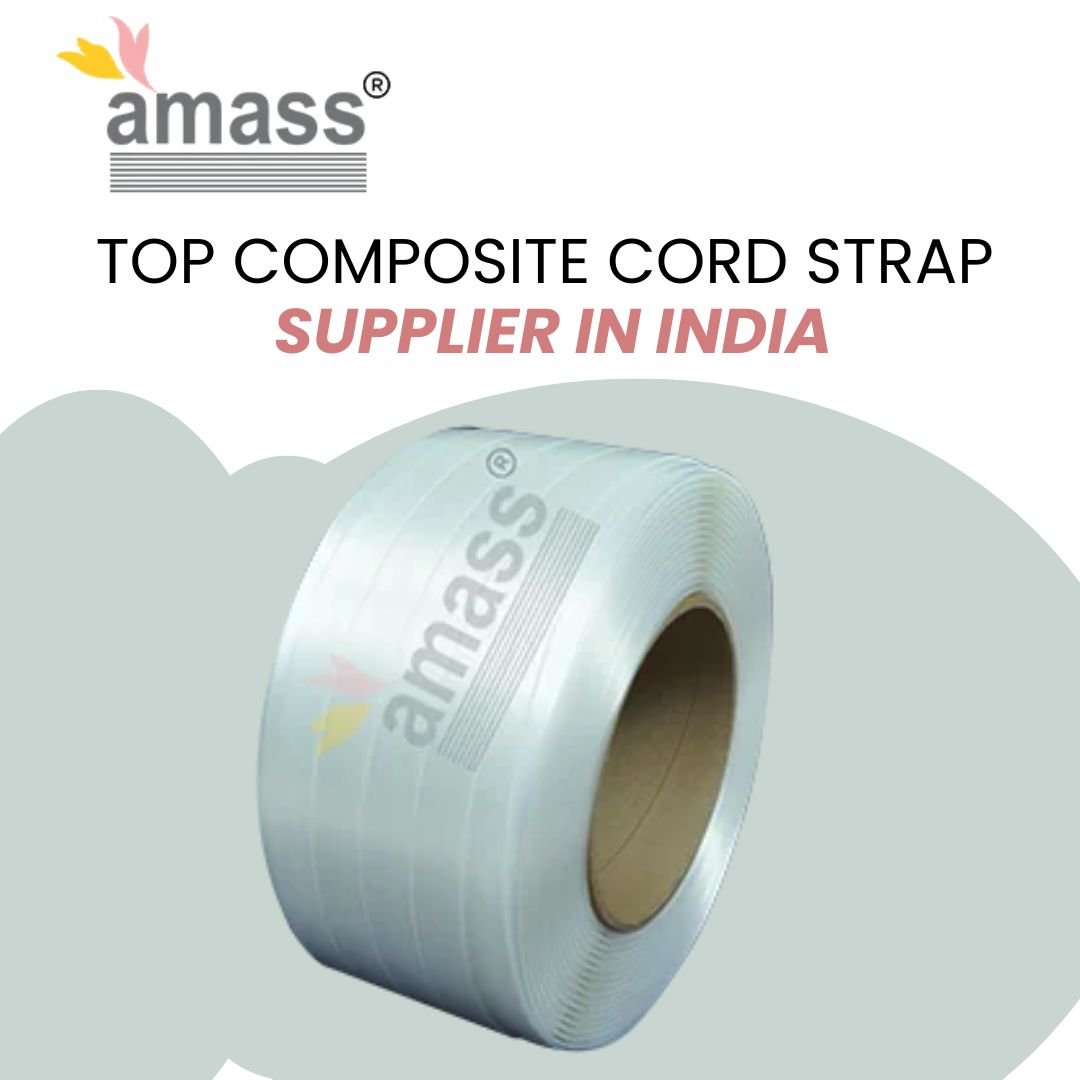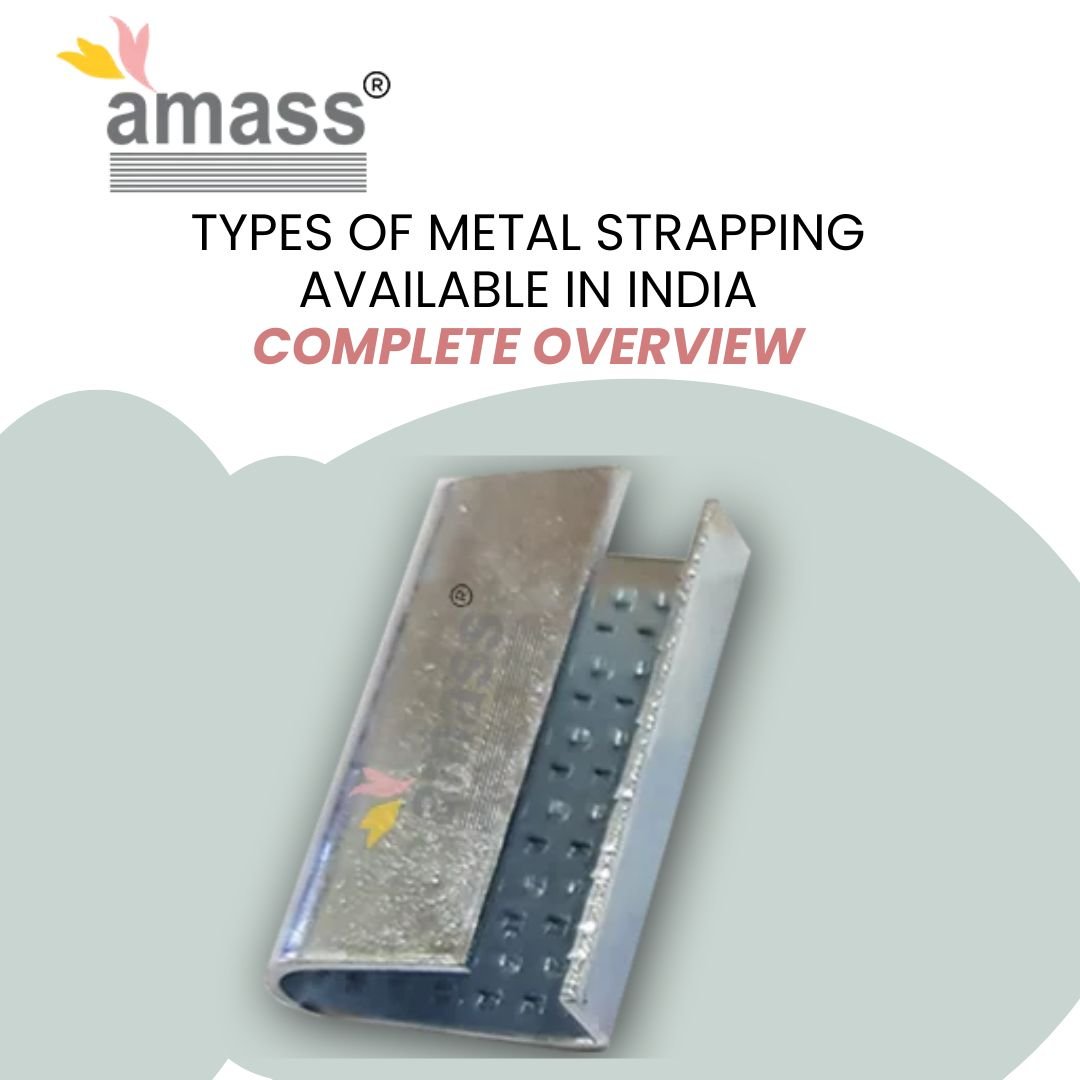Steel Strapping Market in India: 2025 Trends and Forecasts

Best Practices for Implementing Recyclable Packaging Solutions
May 31, 2025
The Rise of Eco-Friendly Strapping Tools in Packaging
June 13, 2025Imagine a force so strong it can secure skyscraper materials mid-construction, withstand the rigors of cross-country transport, and outlast the elements—all while being 100% recyclable. That’s the power of steel strapping, a product that’s quietly revolutionizing how India builds and ships. The year 2025 marks a pivotal moment: steel strapping is not just a tool, but a linchpin of industrial progress.
India’s economy is sprinting forward, and with it, the demand for robust, reliable, and sustainable packaging and reinforcement solutions. Steel strapping, with its unmatched tensile strength and resistance to corrosion, is emerging as a hero in both construction and logistics. But what’s driving this surge, and why should starter entrepreneurs pay attention? The answer lies in the numbers, the trends, and the sheer scale of India’s ambition.
Market Overview: Size, Growth, and Key Drivers in 2025
Globally, the steel strapping market is on a tear. “The steel strapping market size has grown strongly in recent years. It will grow from $1.18 billion in 2024 to $1.29 billion in 2025 at a compound annual growth rate (CAGR) of 9.1%,” according to industry reports. This momentum is expected to continue, with projections pointing to a $1.8 billion market by 2029, reflecting an 8.7% CAGR.
India, as a key player in the Asia-Pacific region, is riding this wave. The country’s steel demand is forecast to grow by 8–9% in 2025, outpacing most global peers. This is fueled by a perfect storm of factors: rapid urbanization, massive government investments in infrastructure, and a shift toward metal-intensive construction. The steel strapping market benefits directly from this, as it is indispensable for securing heavy loads, reinforcing concrete, and bundling materials for transport and storage.
One counterintuitive truth: while steel prices have softened globally, India’s domestic supply constraints and potential safeguard duties on imports could push prices up by 4–6% in 2025. This creates both challenges and opportunities for those in the steel strapping business, as cost pressures and supply chain disruptions become part of the daily calculus.
Sector Spotlight: Construction and Infrastructure as Growth Engines
If you want to see the future of steel strapping, look no further than India’s construction and infrastructure sectors. “The steel strapping market is anticipated to see major growth due to the significant expansion in the construction and infrastructure fields,” notes a recent industry analysis. “When referring to the construction field, this includes tasks such as designing, planning, and ultimately building structures. The infrastructure field, on the other hand, pertains to the creation and upkeep of crucial systems like transport, utility, and communication networks.”
Consider this: large-scale government initiatives like Pradhan Mantri Awas Yojana (housing for all) and the Gati Shakti Master Plan are injecting billions into the economy, creating a massive demand for steel and, by extension, steel strapping. The construction industry is not just about bricks and mortar—it’s about securing, reinforcing, and transporting materials safely and efficiently.
Steel strapping is a workhorse on construction sites, used to bundle rebar, secure scaffolding, and reinforce concrete structures. In logistics, it ensures that heavy loads stay intact during long hauls, reducing the risk of accidents and material loss. The result? Faster, safer, and more reliable construction and shipping processes.
Technological Evolution and Product Innovation in Steel Strapping
Now, let’s talk about the game-changers: technology and innovation. The steel strapping market is not standing still. “Key trends identified for the forecast period encompass enhanced corrosion prevention, intelligent monitoring systems, eco-friendly solutions, bespoke solutions for different use cases, and the usage of automation and robotics in operations,” according to industry experts.
Advanced coatings, like CorroDefend, are making steel strapping up to ten times more resistant to corrosion than traditional options. “CorroDefend coating allows steel strap to resist corrosion 10+ times longer than blue annealed, zinc or black painted steel strap. This exceptional resistance makes Apex or Magnus strap with CorroDefend the best choice for moist, rugged and changing environments.” For Indian businesses operating in humid or coastal regions, this is a game-changer.
Automation is another frontier. The global automatic steel strapping machine market is booming, with a projected CAGR of 7% between 2025 and 2033. “The global automatic steel strapping machine market is experiencing robust growth, driven by increasing automation across various industries, particularly construction, manufacturing, and logistics. The rising demand for efficient and cost-effective packaging solutions, coupled with the need for enhanced product security and protection during transportation, is fueling market expansion.” In India, as manufacturing and logistics scale up, the adoption of automated strapping solutions is set to accelerate.
Sustainability and Regulatory Landscape: Shaping the Future of Steel Strapping
Sustainability is no longer optional—it’s a business imperative. Steel strapping is inherently recyclable, making it a favorite for companies looking to reduce their environmental footprint. “Signode steel strap is made from raw material, that is 100% recyclable,” highlighting its appeal in an era of heightened environmental awareness.
Regulations are also tightening. Environmental standards and occupational safety requirements are pushing companies to adopt safer, more sustainable practices. “The growth in the historic period can be attributed to industrial revolution, transportation expansion, packaging innovations, occupational safety regulations, and environmental awareness,” notes a market report. In India, as the government and industry bodies ramp up scrutiny, businesses that prioritize sustainability and compliance will have a competitive edge.
Challenges and Opportunities: Navigating Supply, Pricing, and Competition
Every silver lining has a cloud, and the steel strapping market is no exception. While demand is soaring, supply-side challenges persist. “Despite the optimistic demand outlook, concerns about domestic steel supply persist. Analysts suggest that Indian steel plants saw a 5.2% year-on-year growth in supply during 2024, although it was constrained by long periods of planned and preventive maintenance,” notes a recent analysis.
Pricing is another wildcard. “Steel prices in India remain under pressure due to weak global steel prices. In 2024, the price of hot-rolled coils fell by 9% year-on-year, while cold-rolled steel prices declined by 7% year-on-year. However, CRISIL anticipates a reversal of this trend in 2025, driven by the potential implementation of a safeguard duty on steel imports.” For entrepreneurs, this means staying nimble and informed about market dynamics.
Competition is intensifying, but so are opportunities. The rise of automation, the push for sustainability, and the growing demand for customized solutions are opening new doors for innovative players. “The competitive landscape is characterized by a mix of established players and emerging companies. Established players like Signode and Mosca leverage their strong brand reputation and extensive distribution networks. Meanwhile, new entrants are introducing innovative solutions and focusing on niche applications to gain market share.”
Amass Strapping Solution: Aligning with Market Needs and Business Excellence
At the heart of this dynamic market is Amass Strapping Solution, a company that understands the pulse of India’s industrial transformation. Amass is not just a supplier—it’s a partner for businesses navigating the complexities of construction, manufacturing, and logistics.
By offering advanced, corrosion-resistant strapping and automated solutions, Amass is helping clients secure their loads, protect their investments, and streamline their operations. The company’s focus on sustainability and compliance aligns perfectly with the evolving regulatory landscape, making it a trusted choice for forward-thinking entrepreneurs.
Amass also recognizes the importance of customization. In a market where one size does not fit all, the ability to tailor strapping solutions to specific industry needs is a key differentiator. Whether it’s for heavy-duty construction or high-volume manufacturing, Amass delivers reliability, innovation, and peace of mind.
Forecasts and Strategic Outlook: What Lies Ahead for the Indian Market
Looking ahead, the outlook for India’s steel strapping market is bright. “The market size for steel strapping is predicted to witness significant growth in the upcoming years, projected to reach $1.8 billion by 2029 with an 8.7% CAGR,” according to industry forecasts. India, with its booming construction and infrastructure sectors, is poised to capture a significant share of this growth.
The adoption of automation and advanced materials will accelerate, driven by the need for efficiency and sustainability. “Future market trends will likely include greater integration with Industry 4.0 technologies, such as smart sensors and data analytics, to optimize machine performance and enhance operational efficiency. The development of more sustainable and environmentally friendly steel strapping materials and machine designs will also contribute to market growth.”
For entrepreneurs, this means staying ahead of the curve: investing in technology, prioritizing sustainability, and building agile supply chains. The companies that do so will not only survive but thrive in the years to come.
Conclusion: Embracing Growth and Innovation in Steel Strapping
The story of steel strapping in India is one of resilience, innovation, and opportunity. As the country builds its future—brick by brick, beam by beam—steel strapping is the unsung hero, holding it all together.
For starter entrepreneurs, the message is clear: the time to act is now. By understanding the trends, embracing technology, and aligning with market leaders like Amass Strapping Solution, you can position yourself at the forefront of India’s industrial revolution. The market is growing, the opportunities are vast, and the future is bright. Don’t just watch the transformation—be a part of it.




